
Providing event management software to clients around the globe, we've seen events leverage some incredibly amazing new tech. Innovative new ways to market and engage audiences have been wild, to say the least, and one of the biggest moves in events as of late has been Virtual Reality (VR). Ever since the release of the Oculus Rift and the HTC Vive, VR has taken the gaming world by storm. It wasn’t long until more practical applications were released, and filled up booth after booth of conferences the world over.
We had the awesome chance to sit down with Shadow Factory, a rising star in the VR developer community, to help us understand and compile some neat instances of VR that’s really disrupting how an event engages the audience and create this wonderful guide to VR for Events.
“Using VR or AR at an event puts you at an advantage because consumers are already excited about immersive technology,” says Amit Chatterjee, partner, and co-founder of Shadow Factory – a leading developer of digital content and solutions in Hong Kong, Toronto, and Los Angeles that produces fully immersive and interactive experiences. “Not only are you likely to attract more foot traffic to your booth or pop-up, but immersive experiences also achieve higher retention and brand recall.”
What’s VR?
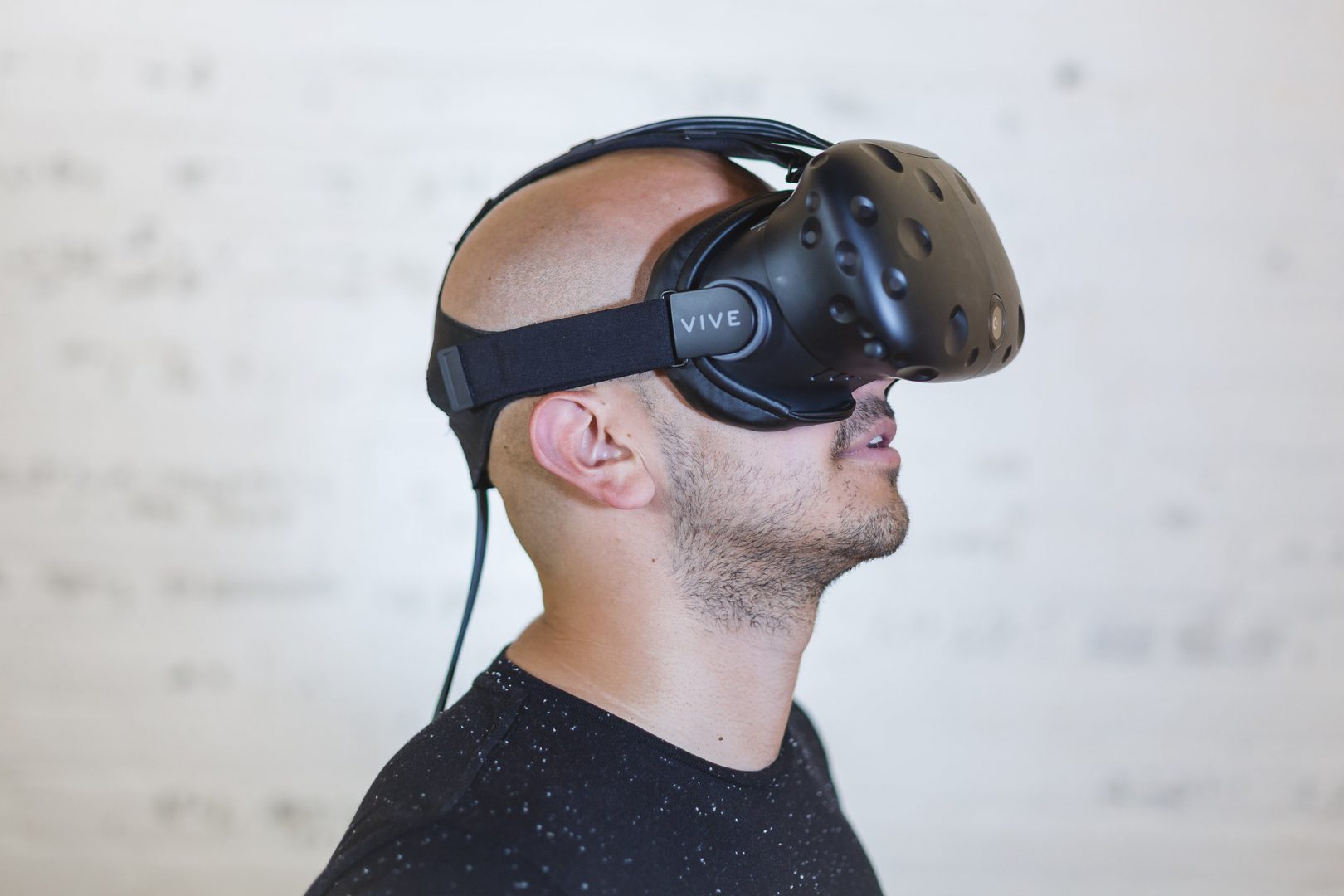
Before we go down the rabbit hole of VR at events, we thought we should help flesh out what VR actually is so that everything else we dive into makes a lot more sense.
Virtual reality is focused on the idea that the user should be fully immersed in a digital environment. The first and most obvious of the 5 senses to be immersed in order for this to be considered “VR” is sight, and so you’ll need a set of goggles that are specially designed to block out the real world and only show the digital one via bifocal-lense screens inside the device.
While this is the bare minimum to be considered VR, a pair of controllers, or in some cases, hand-motion capture nodes set around the room and on the headset, should be used so that the user can also interact with objects in the digital space.
Optional I/O like Headphones, Microphones, and even treadmills allow the user to listen, communicate and even walk in the digital world, though, these do not hamper the “VR”ness of your experience if you forgo these items.
Now that that’s over.
Crafting the Experience
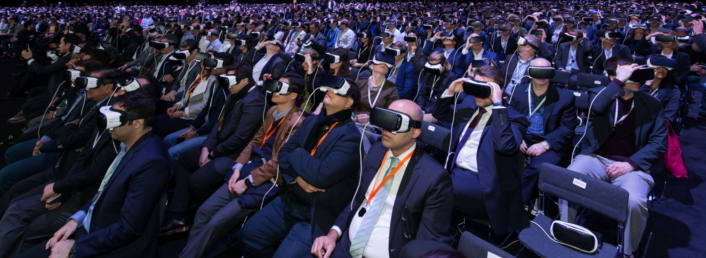
The most crucial thing to understand about VR at events, and even VR in general, is that it's all about the experience. This is a new technology that allows for true interaction and captures the user's senses in a world only you could think up.
Before you go shoving VR in everyone's face, it all comes back to marketing principles. What's the user journey of your VR experience?
Crafting that journey, that story, comes down to your product or service, and how well you can capture your audience's engagement. The story, however, shouldn't just be a ride. If what you imagine is to be a passive demonstration of what you do, the user would be just as engaged as if you had shown them a video.
Interactivity is equally important as the story told. User agency is the prime differentiating factor in engaging someone at your booth. By giving the user the ability to have the freedom to move and explore, or even have the ability to make choices, the experience has now elevated their engagement, and it gives them a much more impactful takeaway from your booth.
Here are some neat ways that you'll find VR being used in events near you.
Virtual Demos
Virtual demos are by far the #1 way to enhance any event that has a product or location as its focus. Not only that, but it expressively shows designs of future products without requiring the audience to suspend its disbelief.
Here are some neato burrito real-life examples to sink your teeth into.
Auto Industry
In the auto industry, there’s been a lot of adoption early on for VR to help give showroom floor demos of new car designs and models not yet released, in order to drive early buzz for the new vehicles. These demos, of course, are brought over to events and expos the world over, and it’s a great way to create a cost-effective booth experience.
Normally, an auto manufacturer would have to cast out a model of the new design, concept carbon fiber versions of the body (usually sat on a previous model’s chassis) and then expensively shipped the world over to auto expos so attendees can walk around and experience the new concept.
With the induction of VR into an event booth, that same concept can be developed virtually, and the much less expensive VR headsets and accompanying gear can be shipped or even rented at the event space, so that booth visitors can try on the new snazzy goggles and experience the same thing the cast-model of the car would provide.
And sure, it lacks the ability to touch and feel the concept itself, but when it comes to the attendee experience, the idea that they could be using VR to experience viewing a new model, while a lot of them have never experienced VR before, will be thrilled to be trying one of the most cutting edge technologies, and that experience will stick with them for a good long while.
The experience is more than just a showroom tour, where normally an audience would see the model from afar in the audience seating area, now they'll be up close and personal with the new model. They'll be able to use VR handsets to interact with the car, open its door, even sit and take the darn thing on a virtual test drive.
Architecture & Interior Design
In real estate, architecture and design, showroom booths are extremely expensive at booths. The main attraction for a designer both the architect and the interior, are dependent on the booth to show off their values, typically transforming an entire booth to look like living room for instance for an interior designer.
Rather than expensively and painstakingly transforming and building out this bedroom set, just hand over a VR goggle to your attendee and let them experience the room in virtual. Just like auto industry booths, the attendee can walk around and experience the intended design work.
A 3D concept of the building in a virtual setting includes the surrounding area as well (ideally), and instantly it’s clear how the building not only looks but also how it looks relative to the surrounding already-existing buildings, giving much better aesthetic to future of the project. All this while local city planning committees are globally becoming more conscious of the aesthetics of a building project to its surrounding area.
This is also an ideal way to combine both the interior and architectural designs of a project. Scale models on a table do little to impact a visitor on the grandness of the building. By allowing users in VR to scale their own perspective and see the project from the ground level, the project becomes very real to the user.
Training & Simulations
This one is quite obvious. Training simulations, mostly for auto, aero, and rail training, have traditionally used virtual reality since its inception. But unlike commercial VR like we have today, airlines and rail couriers often train their pilots using large, moving platform simulators in which the operator is encased in a similar environment as the vehicle they’re intended to operate. But this is largely expensive, and, not very modular. If a new series of airplane releases and the cockpit is largely different from the simulation, suddenly the simulation is less effective.
It’s costly to update these platform-style virtual simulations, so, the next best alternative is VR goggles. It lacks replica control panels and moving platforms, but when it comes to immersing one in a virtual and interactive environment for training purposes, a $1000 HTC Vive and $4 million moving flight simulator tends to be an easy choice. It doesn't replace the effectiveness of platform-style VR training environment, but it's a great stand-in when budgets are tight.
And what’s the neato-ist part? They can bring it anywhere. To new locations to train a new regional headcount, or to pilot schools to entice new pilots to join the airline, something it so desperately needs.
Or...an event space? ;)
Health and medicine is another great area of a more humanitarian use case of VR. Physicians are always looking for more cost-effective ways to train students, show surgical incisions to patients, and so on. VR allows for students to explore the human body layer by layer with full anatomy in view. It's a great way to orient a student with the human body's anatomy and hones surgical skills.
Education
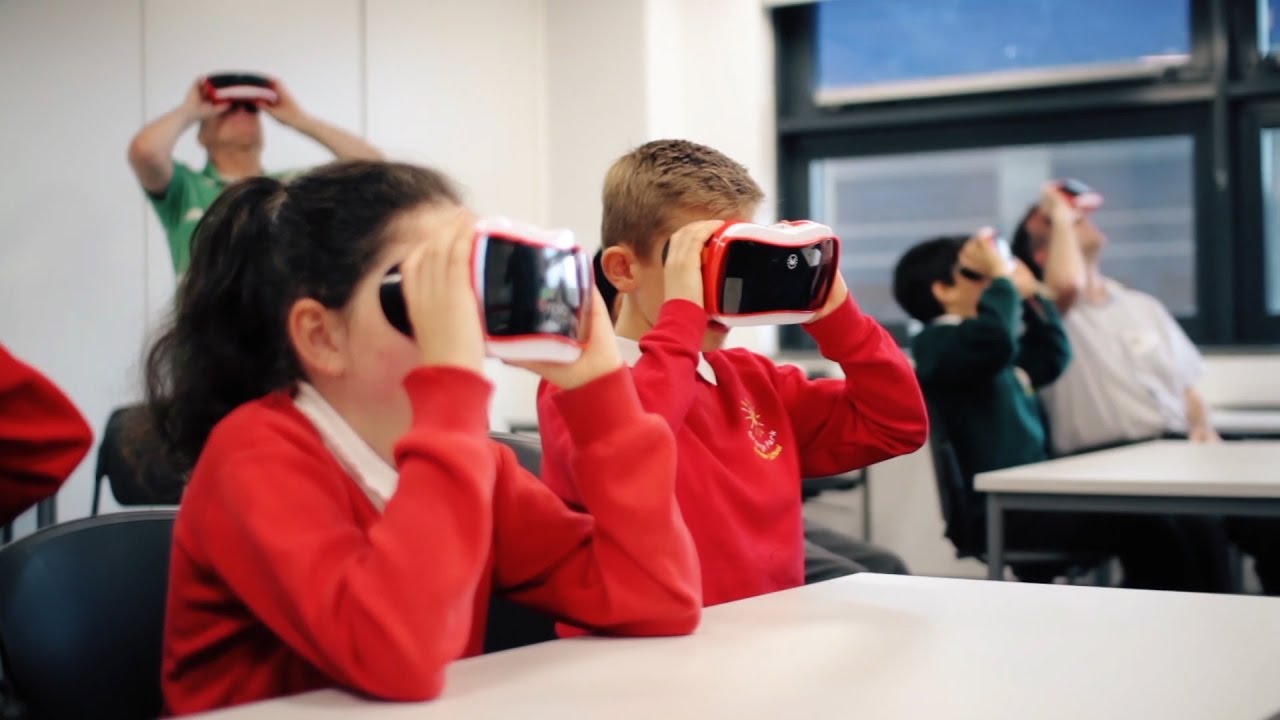
Education is another area of events that really strives to introduce tech into classrooms across the world. EduTech is a rapidly growing industry and VR is set to take over. With a younger population of students becoming more tech savvy each year, early adoption of VR in childhood education is not only a great idea, but it’s likely going to become one of the new learning mediums used in more affluent schools. Oculus Rift even has its own education pilot program providing Oculus Rifts to schools, libraries, and museums in Tokyo, Taipei, and Seattle.
The introduction of smart boards, tablets, and other tech gadgets have been a growing demand for schools across the US, and more are hopping on board with corporate education initiatives each year. So much so that event’s like EdTech Europe & EdTech Asia have been at the forefront of showcasing new technologies specifically for the classroom.
This, of course, garners a great way for VR to make its way into booths on the event floor. Showcasing of educational games started the trend, and eventually, interest grew on the developer’s side of things to create specific tools for teachers like VRMath.
Defense
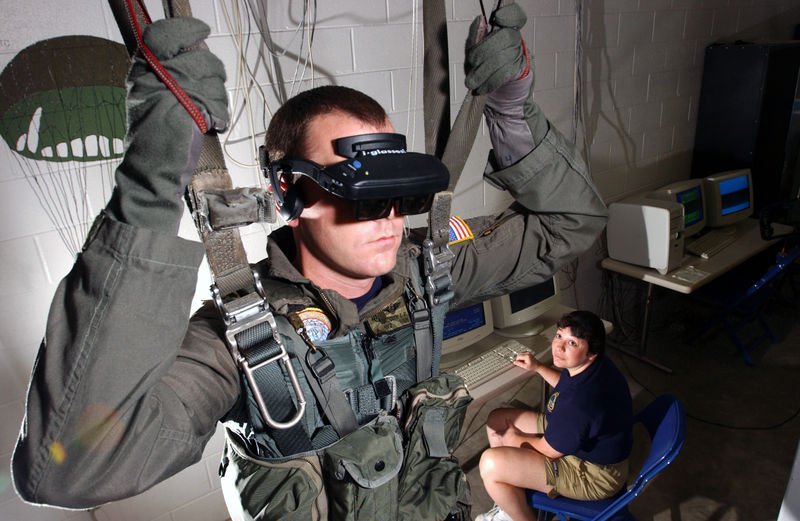
Law Enforcement & Defence are one of the earliest adopters of VR. In the earlier days, VR has been massively expensive, and early tech improvements from Japan in the ’90s failed many quality and security measures that allow the US military to adopt training tech.
This has changed drastically since then, and now defense forces around the world are quickly adopting VR into their advanced training for specialized missions, jobs, and tasks. Paratroopers are using VR to familiarize themselves with parachutes by immersing themselves into a 3D virtual environment. Again, aircraft VR training is now commonplace in all the branches of the military, and of course, combat simulations using pre-existing combat simulations on computers, but now this time with VR headset integration.
This means it also extends into police training where officers are put into virtual encounters where decision making and fast reflexes are put to the test in suspect pat downs, pursuits, and more.
You might be asking yourself, how many events could these possibly be at? While not all that public, events around the world for defense and law enforcement expos account for Billions in contracts made on show floors. And of course, VR simulation developers are showcasing their new programs to militaries and private defense contractors the world over. Just like in entertainment, military customers are also easily drawn to event booths with ultra futuristic VR headsets donning the heads of curious visitors.
Engaging an Audience
VR is an incredibly immersive experience that captures a user’s fullest attention, making it one of the best ways to impact your audience at any event. The equipment is easy to source, however crafting experiences for your visitors at the booth begins long before the event takes place. Take a look at your product, your service or your message, and try to picture that in a VR environment. What can you do with it to captivate the user and get them completely enthralled in what you do?
Introducing VR into your event starts months prior. It needs to be a long term plan in place as developers need to envision your goal and create it, a time taking ordeal. This means the user journey starts from the inception of the idea, until the delivery of the program to the VR sets at the event booth.
The appeal isn’t just from appearances either, virtual tours and demos are a great way to engage each visitor and have them experience your products or services without bringing costly(er) equipment.

“Using VR or AR at an event puts you at an advantage because consumers are already excited about immersive technology,”
Amit Chatterjee, Partner, and co-founder of Shadow Factory
Virtual Venue Tours
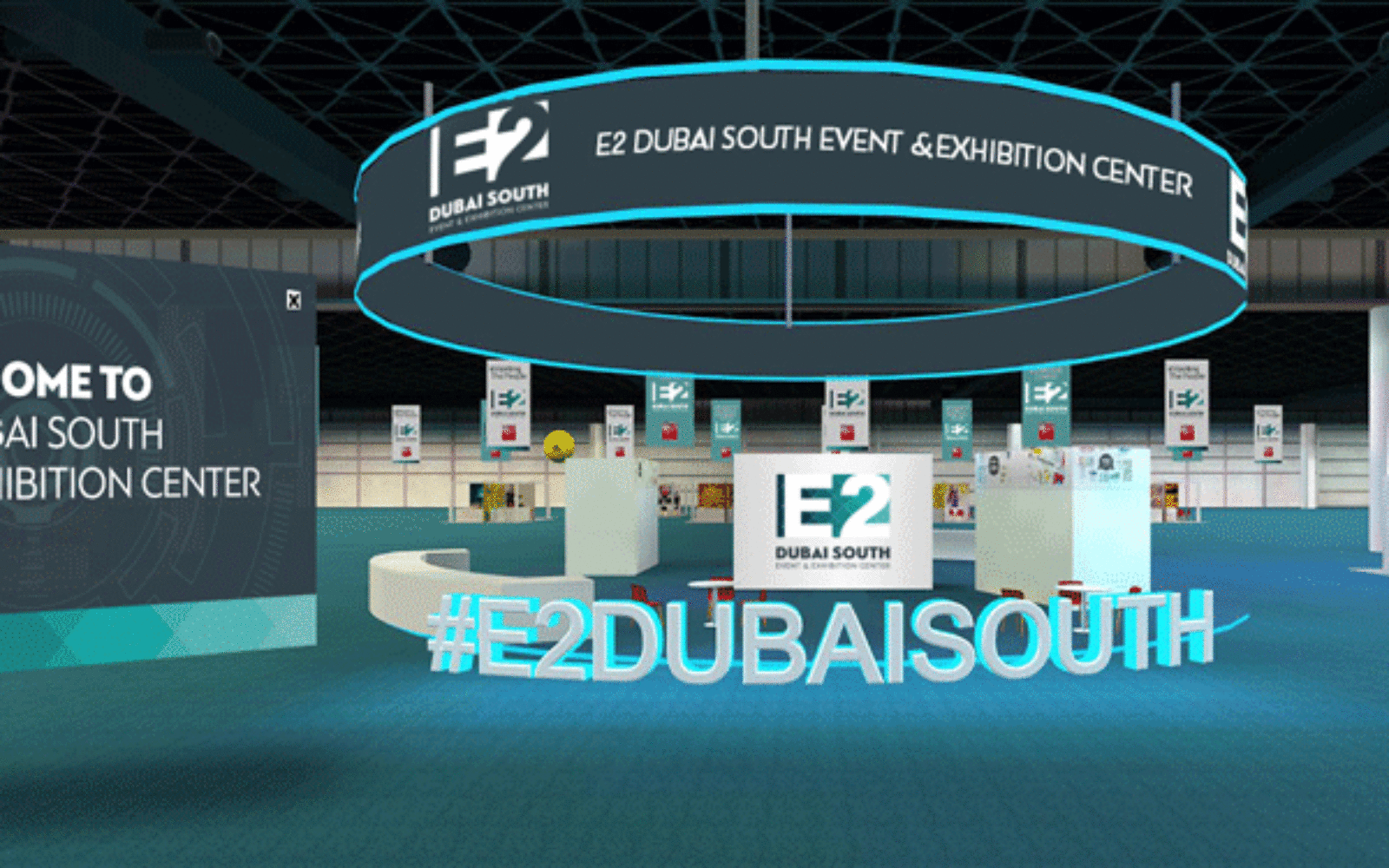
This is more for the event organizers themselves, but venue shopping is one of the most costly steps in the preliminary process of getting an event up and running. Typically venues need to be physically visited at the location so that proper analysis can happen. Where are the visitors going, what’s the floorplan, and so on. If the venue is a flop, then organizational staff just wasted time, and of course, time means money when the clock is ticking down an event.
This is where VR really does step in. By using 360-degree images and some development know-how, a venue could recreate a photo-realistic virtual reality version of their venue. What’s even better is that VR users can interact with other remote users, so, essentially staff at the venue can interact with event organizers by touring the venue with them.
That means you might start seeing VR Goggles on the desk of event organizers in the future. In fact, this leads into the next awesome way VR is impacting events.
Virtual Events
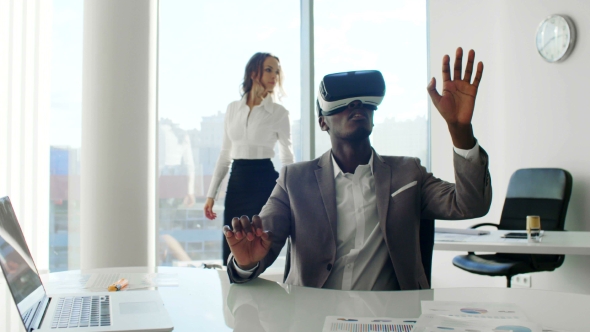
Virtual Events are still a bit niche, but it’s a great way to include remote visitors in an event space, without letting them feel left out as if it was recorded on screen. This also goes both ways with speakers and audience members for the type of events with this format.
The usage of 360 video cameras is getting more mainstream, and with that, live-streaming 360-degree video of an event is not a plausible option for VR headset owners to engage with.
How?
Set up a pole in the middle of the audience’s area, with a 360-degree camera, and stream it online. Lag and stream delays are expected but of course, that’s fine as long as the audio and video sync. At this point, users from their homes can throw on a pair of VR goggles and now suddenly they’re thrust into their favorite concert.
This goes the other way, as those same setups can allow speakers to virtually speak at events. This is an odd maneuver that’s questionably engaging. It’s a neat trick, but a lot of audience members refer to this as a little “uncanny” for their tastes.
What does this mean for you?
Everyone used to think home PCs were for the rich only because of the price, and soon after everyone thought that flat screen TVs were for the ultra rich because of the price. Now it’s all affordable. Don’t think it’s so unrealistic for your home to have it’s own VR goggles that the family uses day-to-day within the next few years.
Rather than just watching the super bowl, you might be virtually experiencing it first hand. Of course, this is completely opposite to what super bowl Sunday is all about, but you get my point.
Attending events is going to change its meaning over time with VR products lining shelves. It’ll be no longer a question of whether you were there or not, but rather if you had time to slap on a pair of goggles and take part.
Realistically, however, VR is more likely to continue being a showboating effort at events, and that’s OK! The mere fact that VR attracts visitors to a booth at events for years to come, really just stands to make more of an impact on potential customers around the world, who in turn would consider purchasing VR, increasing overall consumption and demand for the new tech, which then pushes developers to make more engaging and useful programs.
How does one get VR on the event floor?
Collecting the necessary parts is easy. In fact, it’s easy to set up your booth. All forms of VR gear can be easily accessible and affordable. What’s really the hard part is developing a VR simulation, demo, or game that works for your business or goal. This requires a full-scale vision of your goal and it has to start long before your next event. This means knowing what you want virtually and approaching VR developers to help you develop it.
What’s more, is you’ll need adequate space. Each VR hardware manufacturer has their own set of specifications for a “playable” area, but generally, it’ll need to be 1.5m x 2m (5 x 6.5 feet) and should be unobstructed.
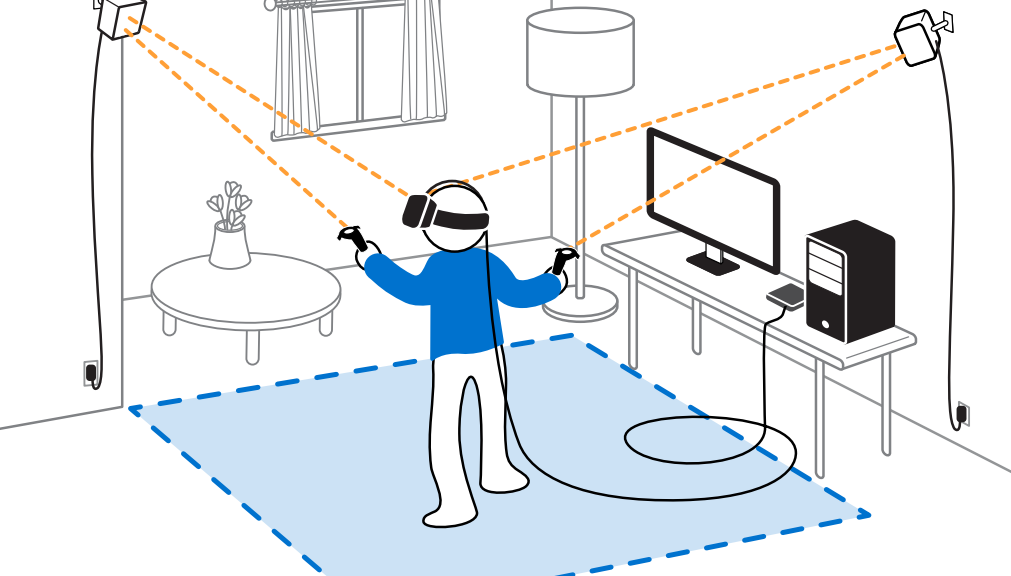
The other caveat to this is that you’ll need likely a desktop PC system that would be able to run VR programs, which does take a bit of horsepower, and if you don’t have the recommended specs already, here’s what you should look for when looking for a machine to run the VR sims:
- Graphics Card: NVIDIA GTX 1060 / AMD Radeon RX 480 or greater
- Alternative Graphics Card: NVIDIA GTX 970 / AMD Radeon R9 290 or greater
- CPU: Intel i5-4590 / AMD Ryzen 5 1500X or greater
- Memory: 8GB+ RAM
- Video Output: Compatible HDMI 1.3 video output
- USB Ports: 3x USB 3.0 ports plus 1x USB 2.0 port
- OS: Windows 10 operating system
It’s pricey. The whole setup could be thousands of dollars, but depending on the expo or conference you’re at, this could be a drop in the bucket compared to the square footage you purchased for the booth. However, if you are indeed hurting for money, then renting or hiring a VR events team for the occasion may just help. There are even event venues out there that support VR by providing the gear directly for an added cost, so keep an eye out!
If you're looking for a partner to help craft an amazing experience for your visitors at the booth with VR, contact Shadow Factory and make your dream become a (virtual) reality.



